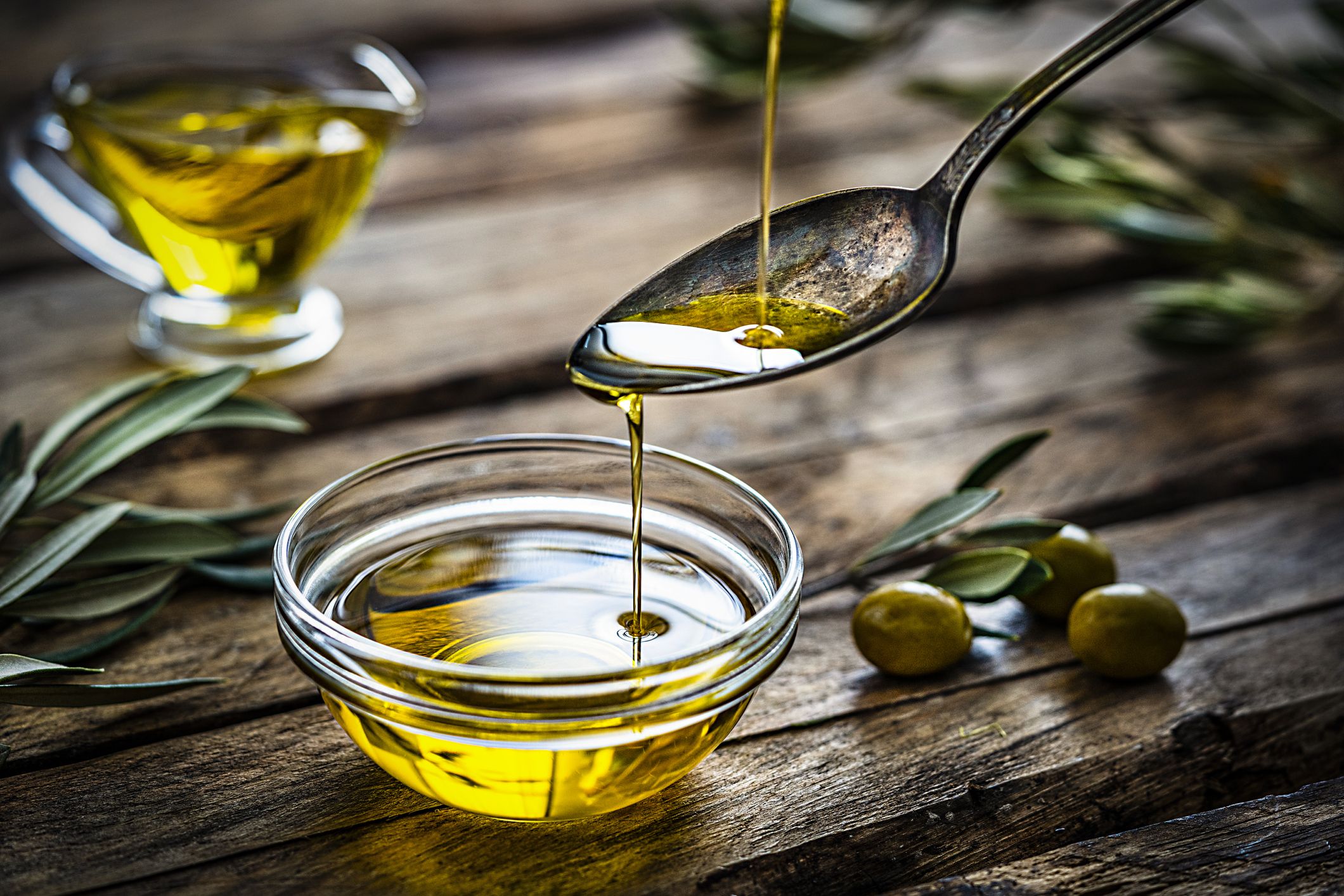Published 21:20 IST, October 15th 2024
Follow These Ways To Avoid Consuming Fake Olive Oil
Five indicators that help you know if you're consuming the fake or real olive oil aka liquid oil.
The current olive oil shortage has caused a spike in pricing of this traditional tree crop, which has had a similar effect on the fake liquid gold.
Costs have risen to an average of $12.39 per bottle — a record high reported by market analyst firm Mintec Global, citing a New York Post report. This has further caused a rise in cases of fraud with some dishonest producers mixing original products with cheaper oils. Many of these products have been declared as unfit for human consumption.

Five indicators that help you know if you're consuming the real deal
These five signs will help you determine whether the bottle you bought is filled with “liquid gold” or a fraudulent concoction:
Only the real deal can be labeled ‘extra virgin’
Olive oil must be pure to be legally labeled “extra virgin.” Avoid products that use terms like “light,’ “pure” or simply “olive oil.”

Tastes bright and peppery
Real oil will have a rich, complex flavor while fake oils have little, no or even rancid flavor.
Look for the producer name and region where grown
The more detailed the information on the bottle, the more likely it is to be reliable.
Look for a DOP seal
A “Protected Designation of Origin” seal specifies the region of origin, and strict testing is followed.

Marked with a third-party certification
Organizations such as the North American Olive Association (NAOOA) and the California Olive Oil Council (COOC) certify olive oils.
Updated 21:20 IST, October 15th 2024